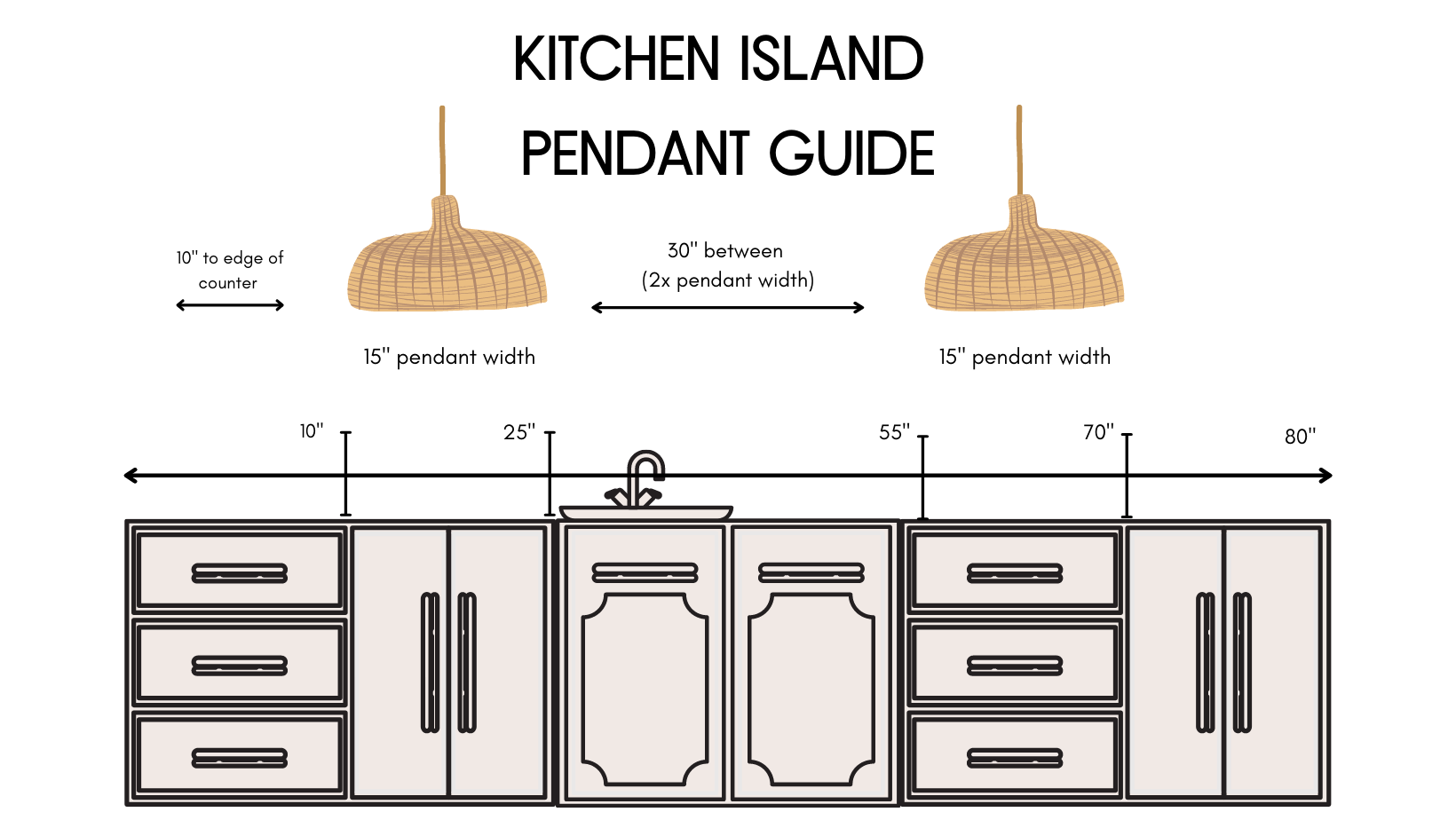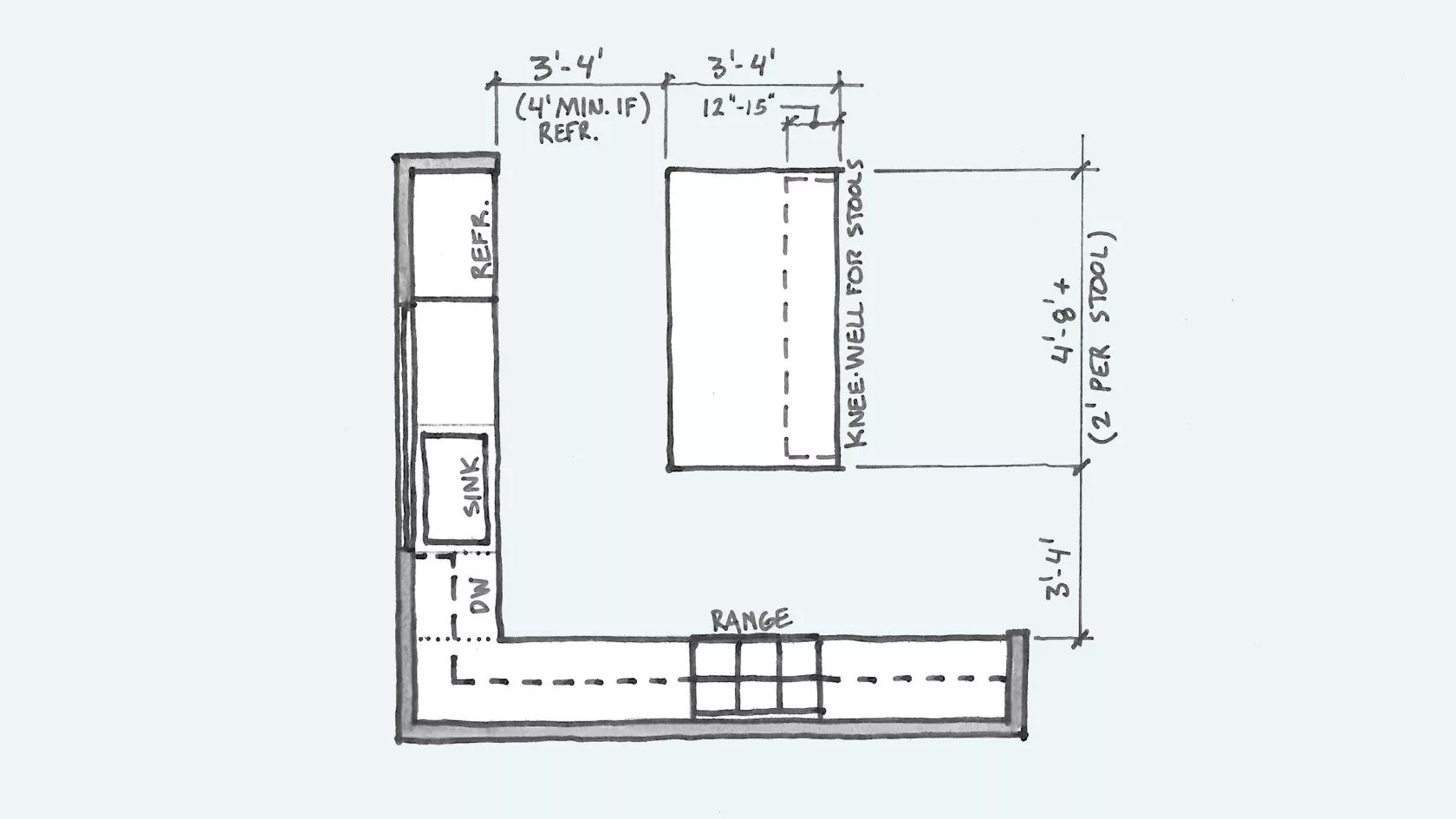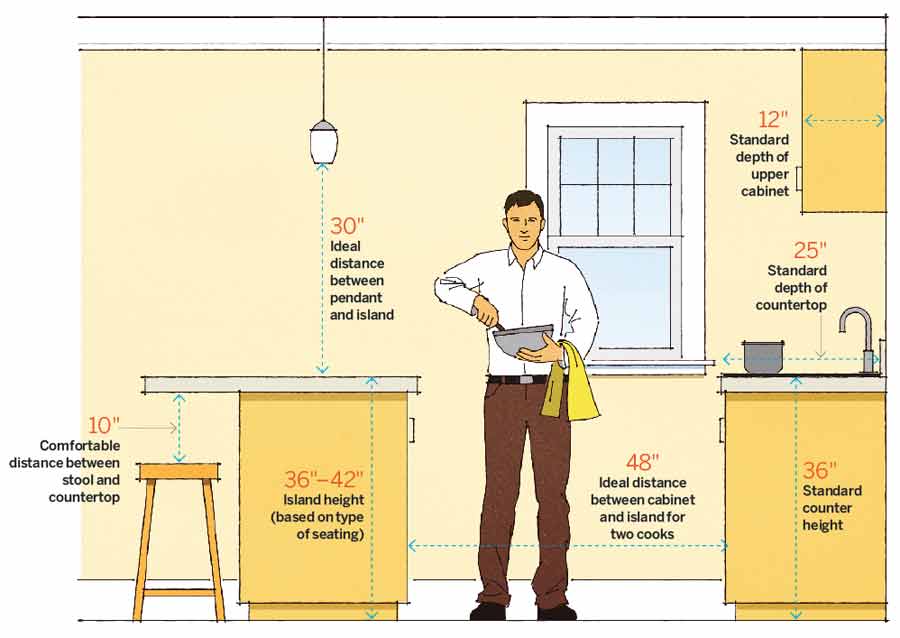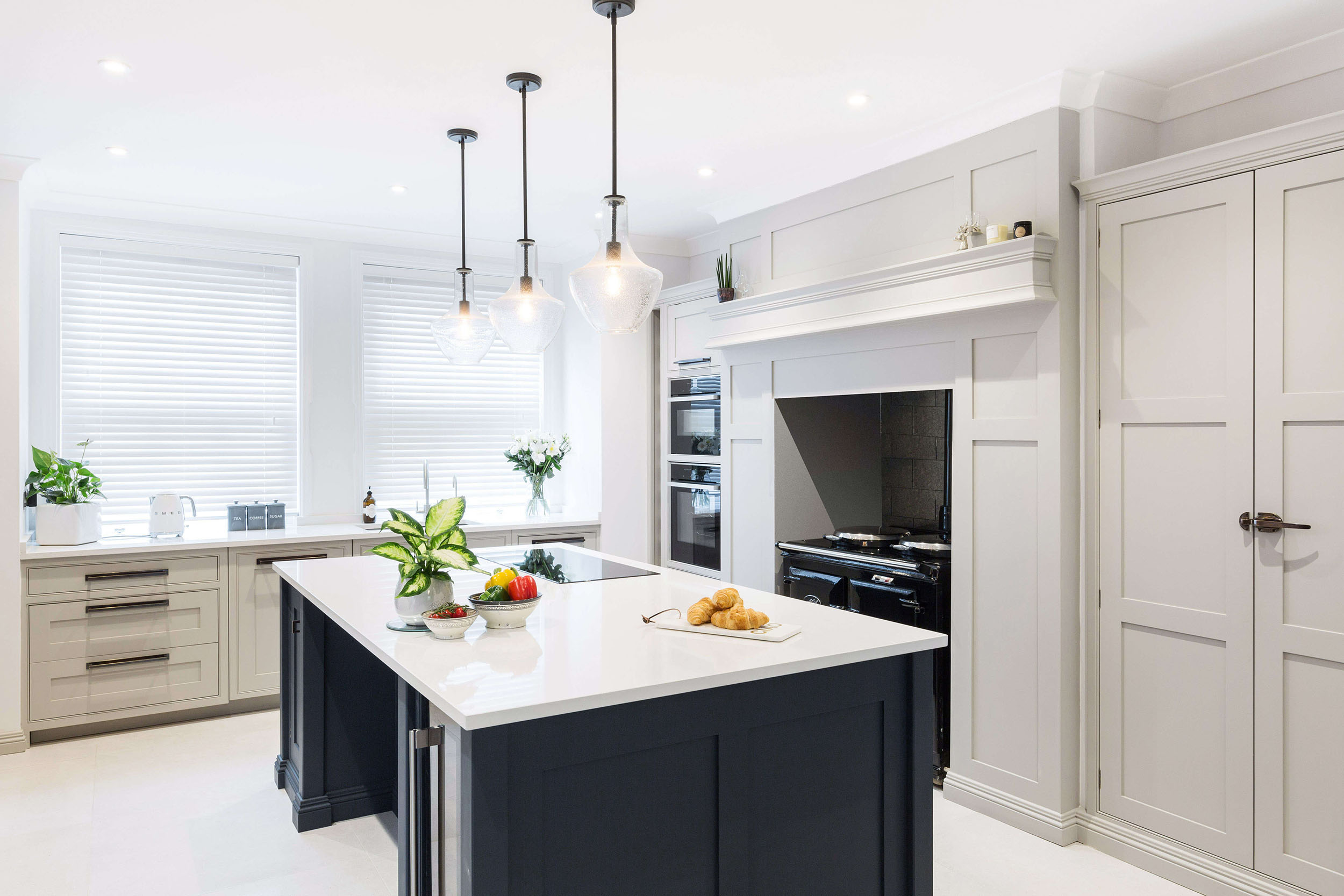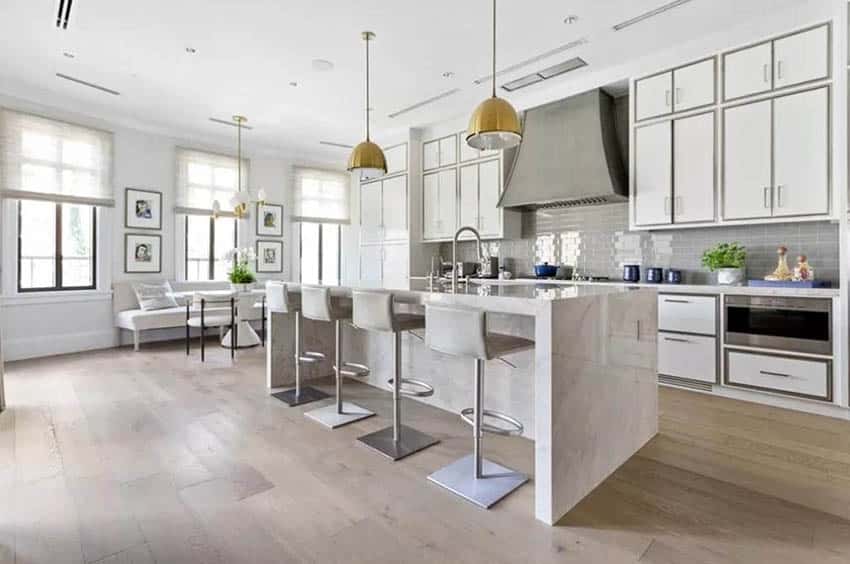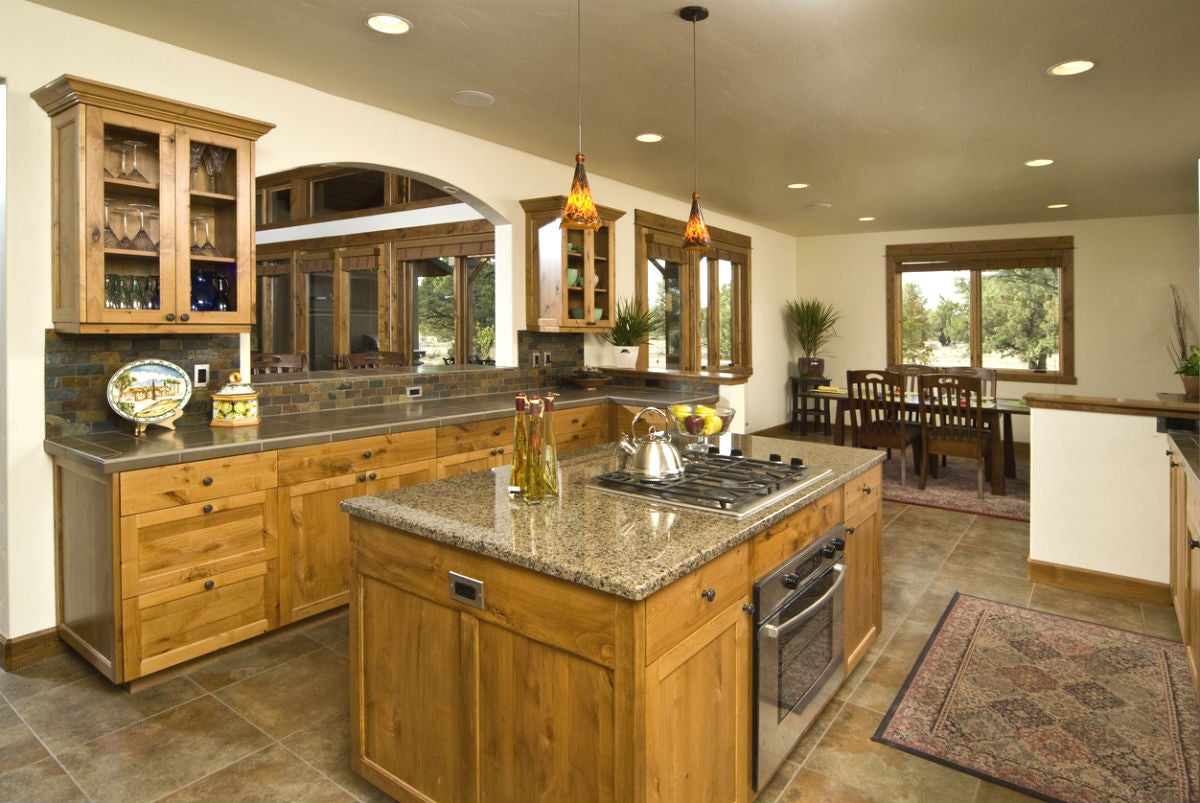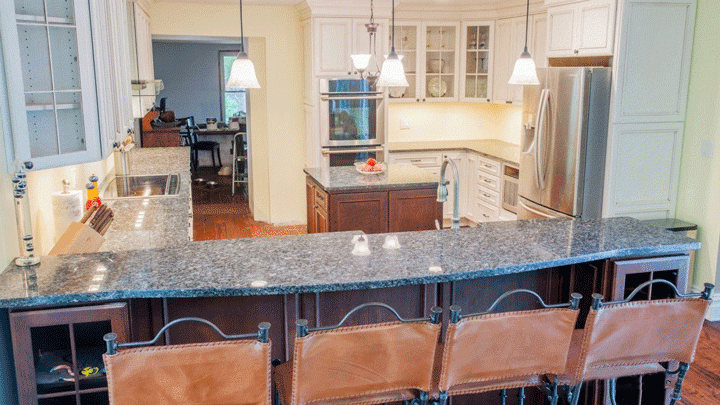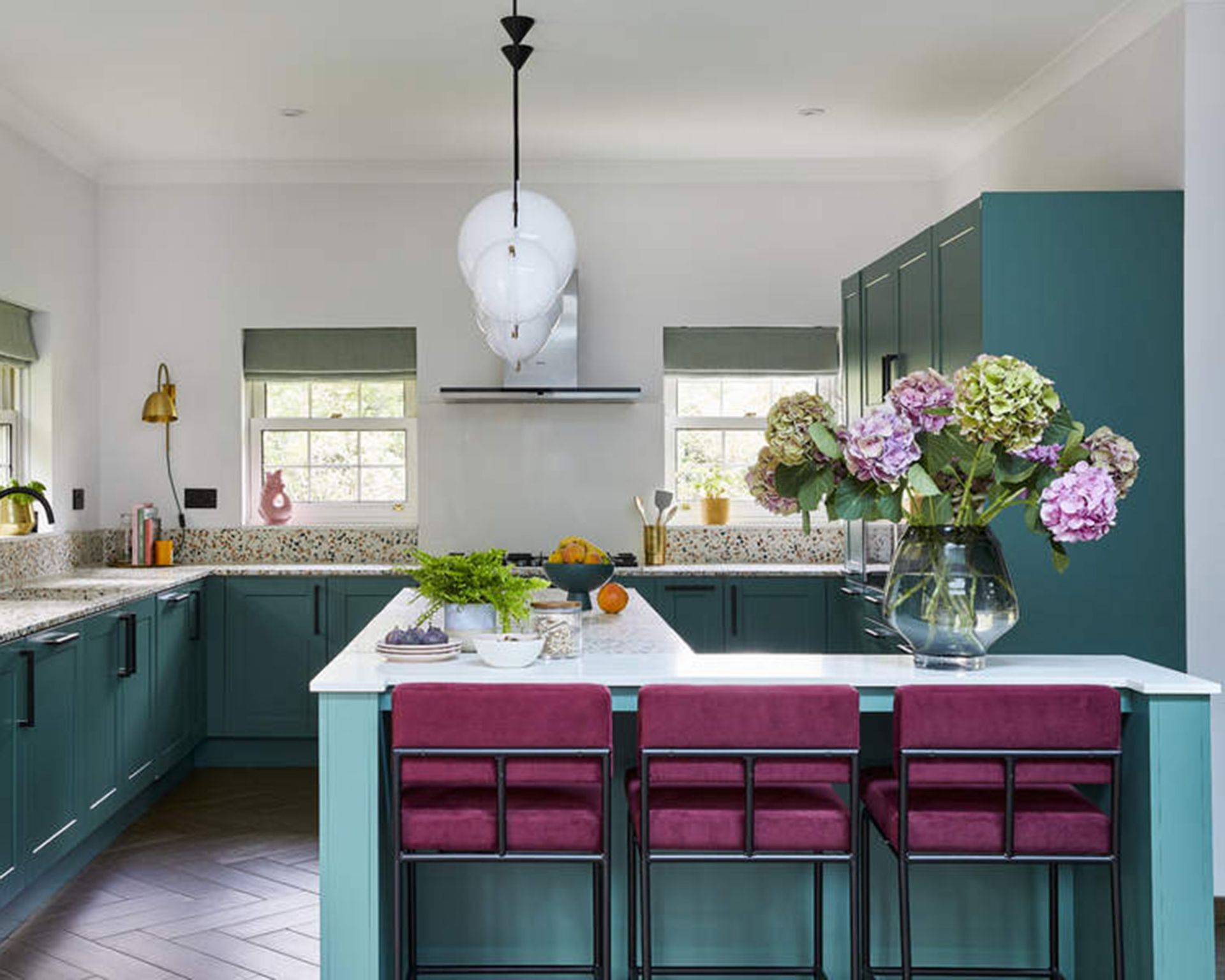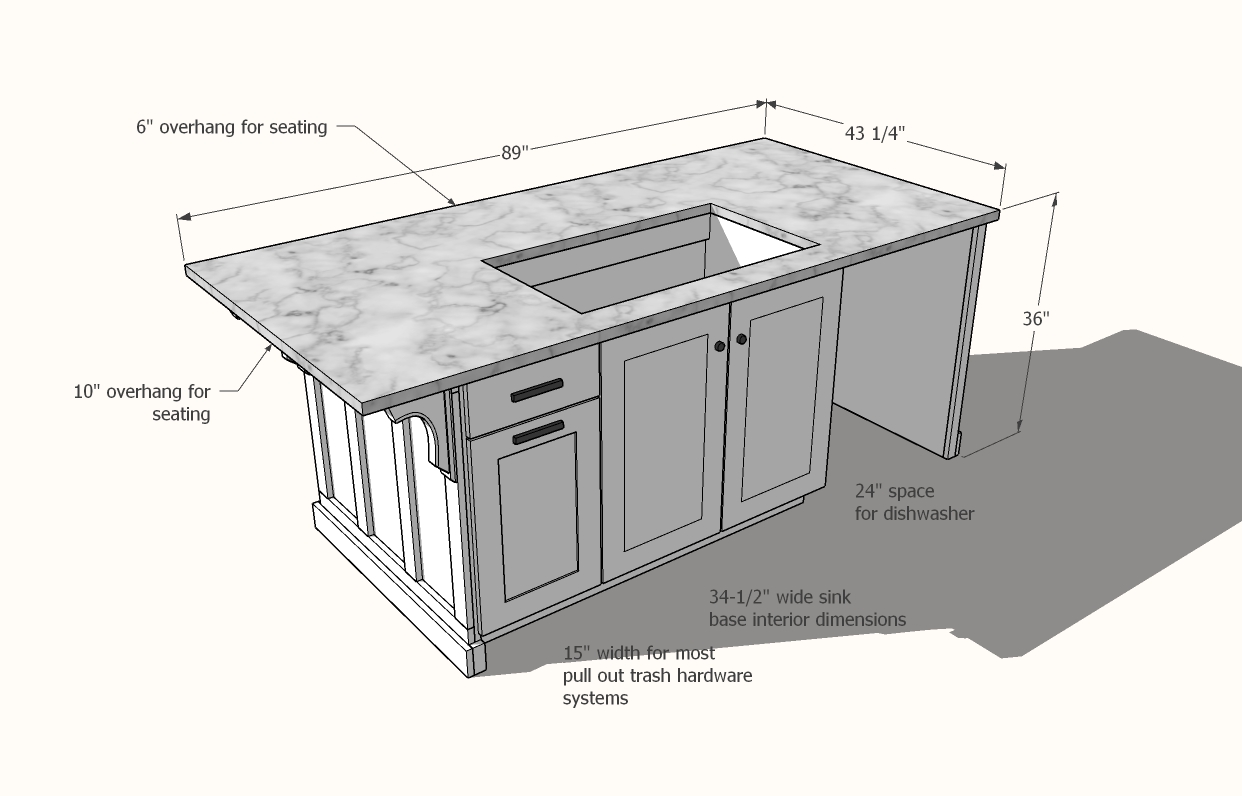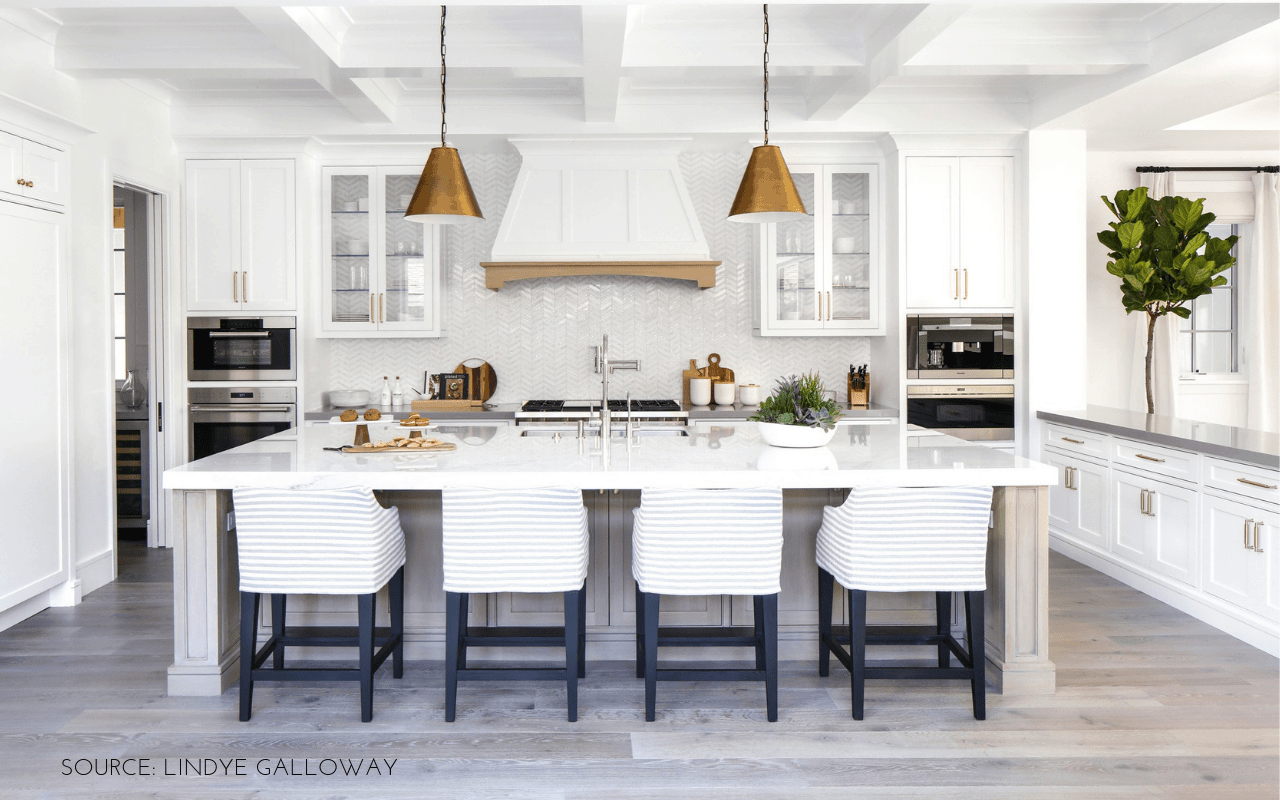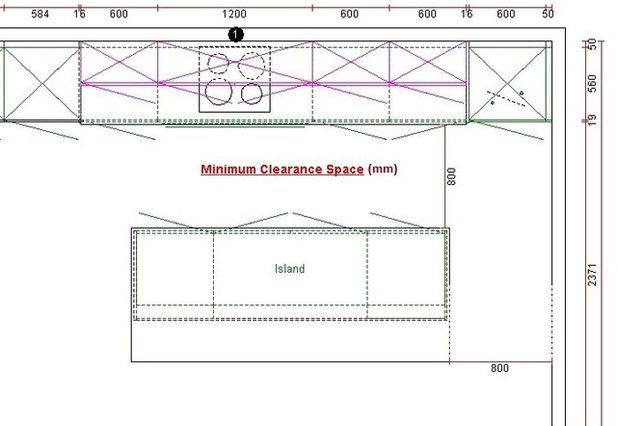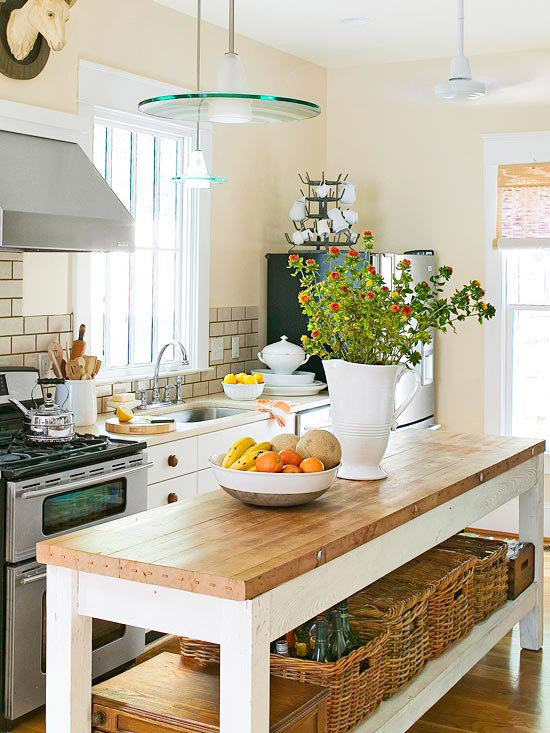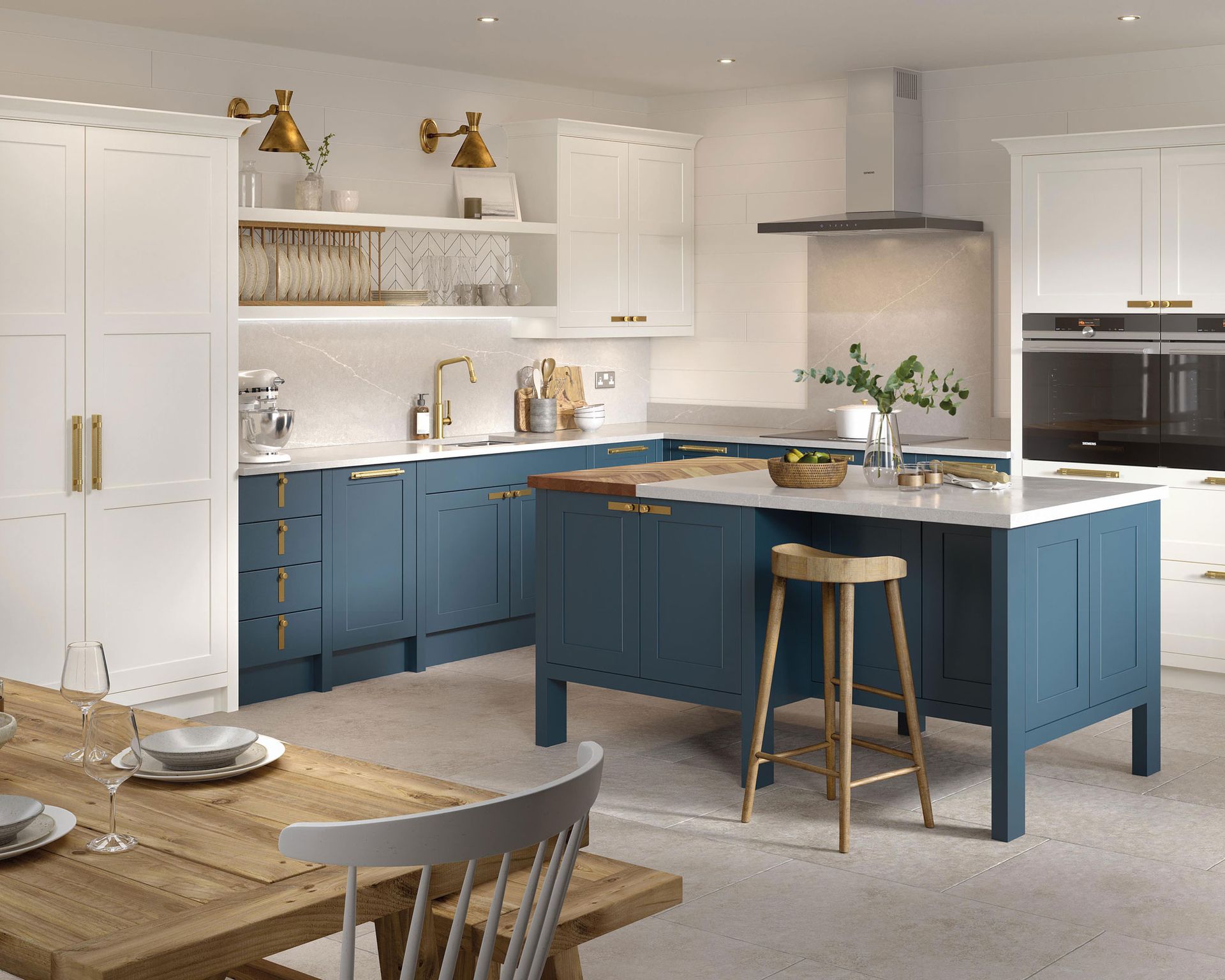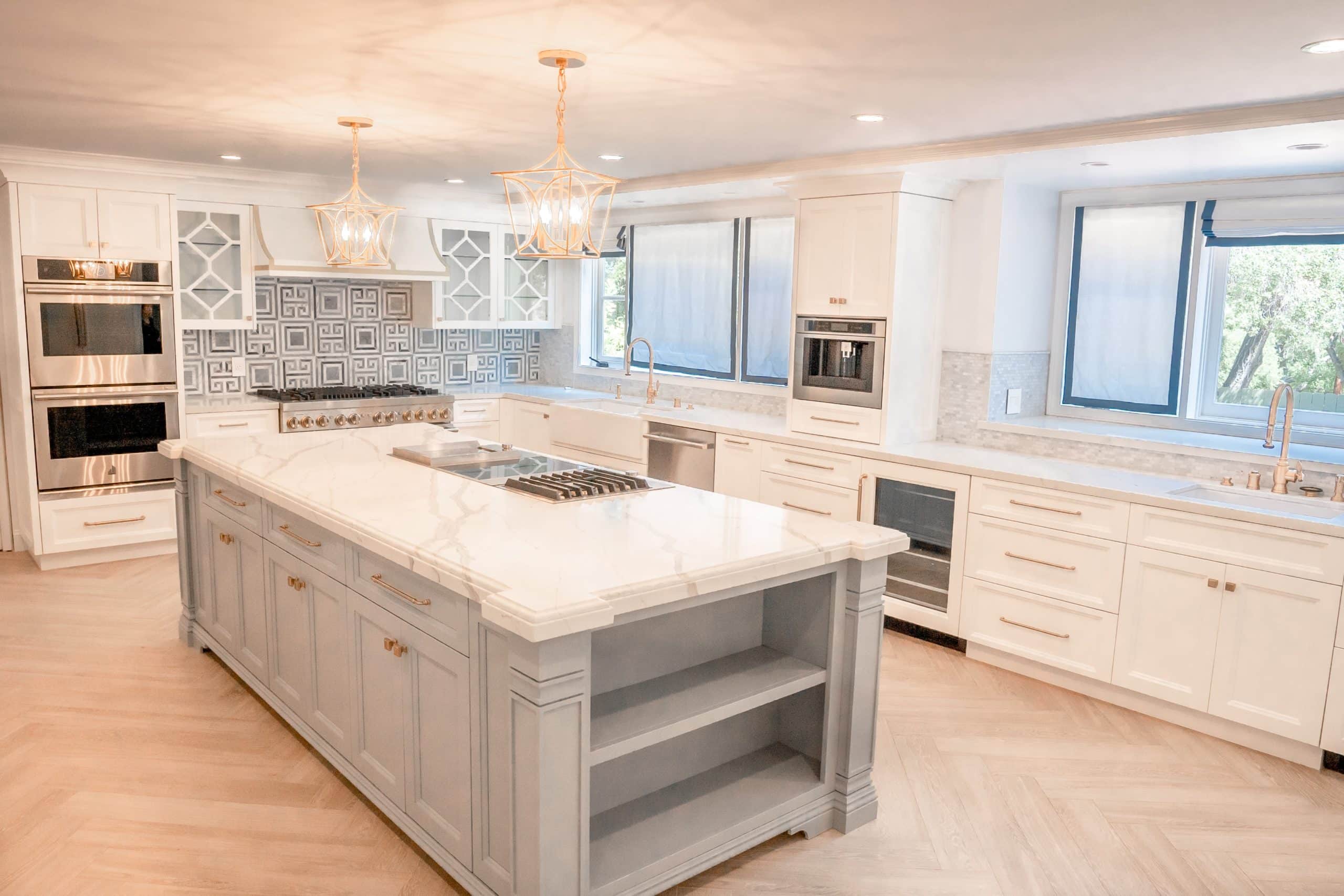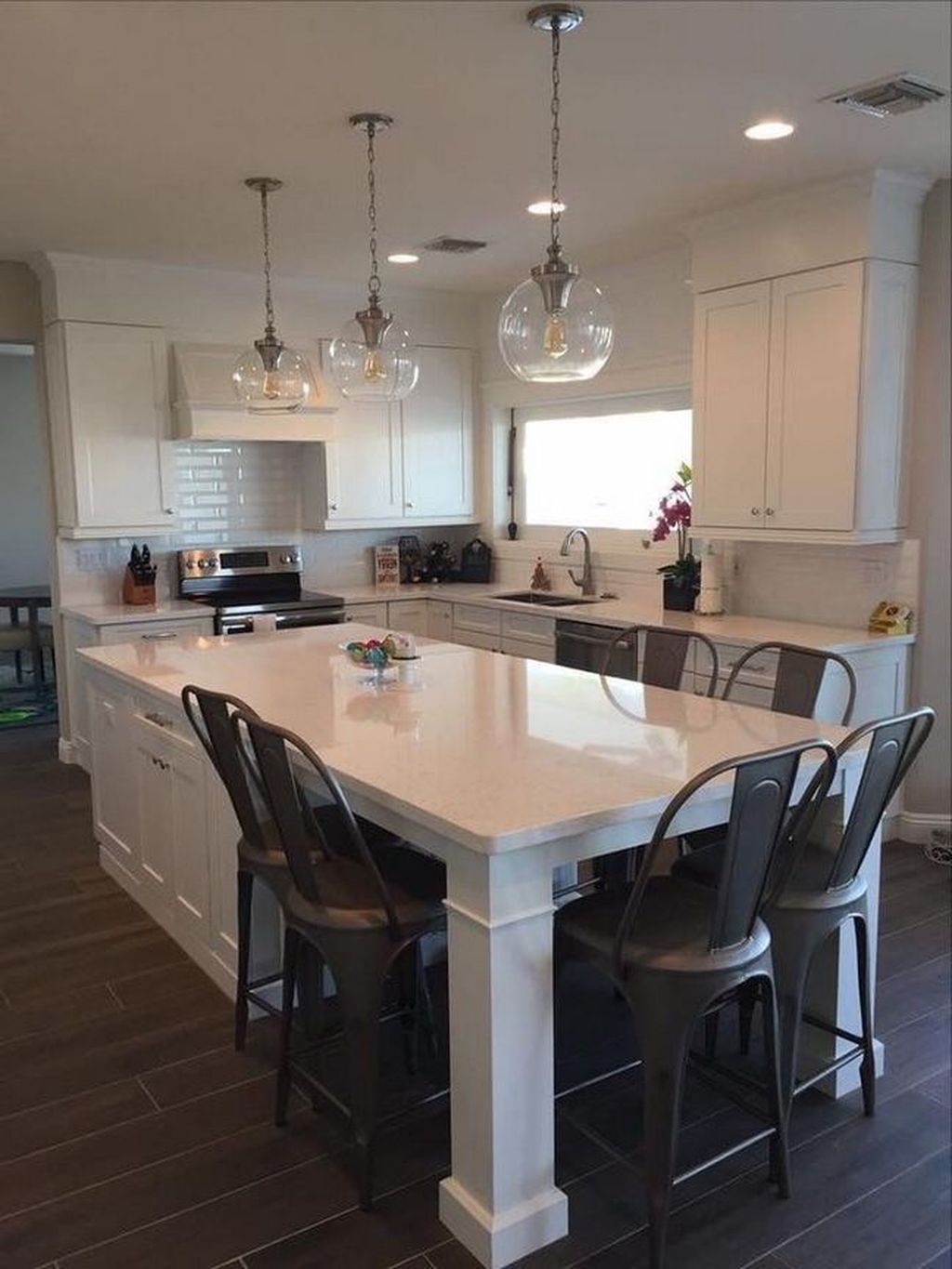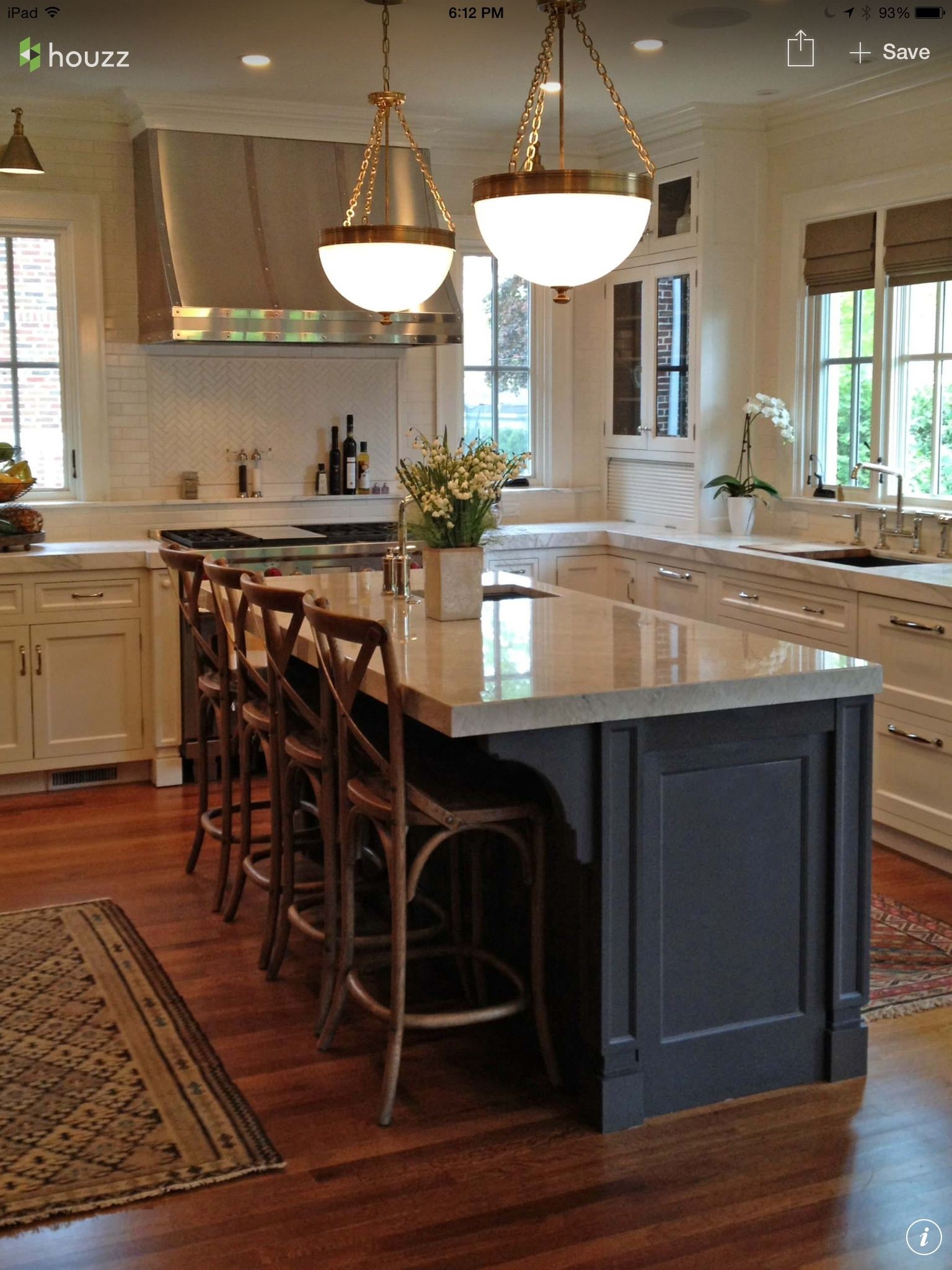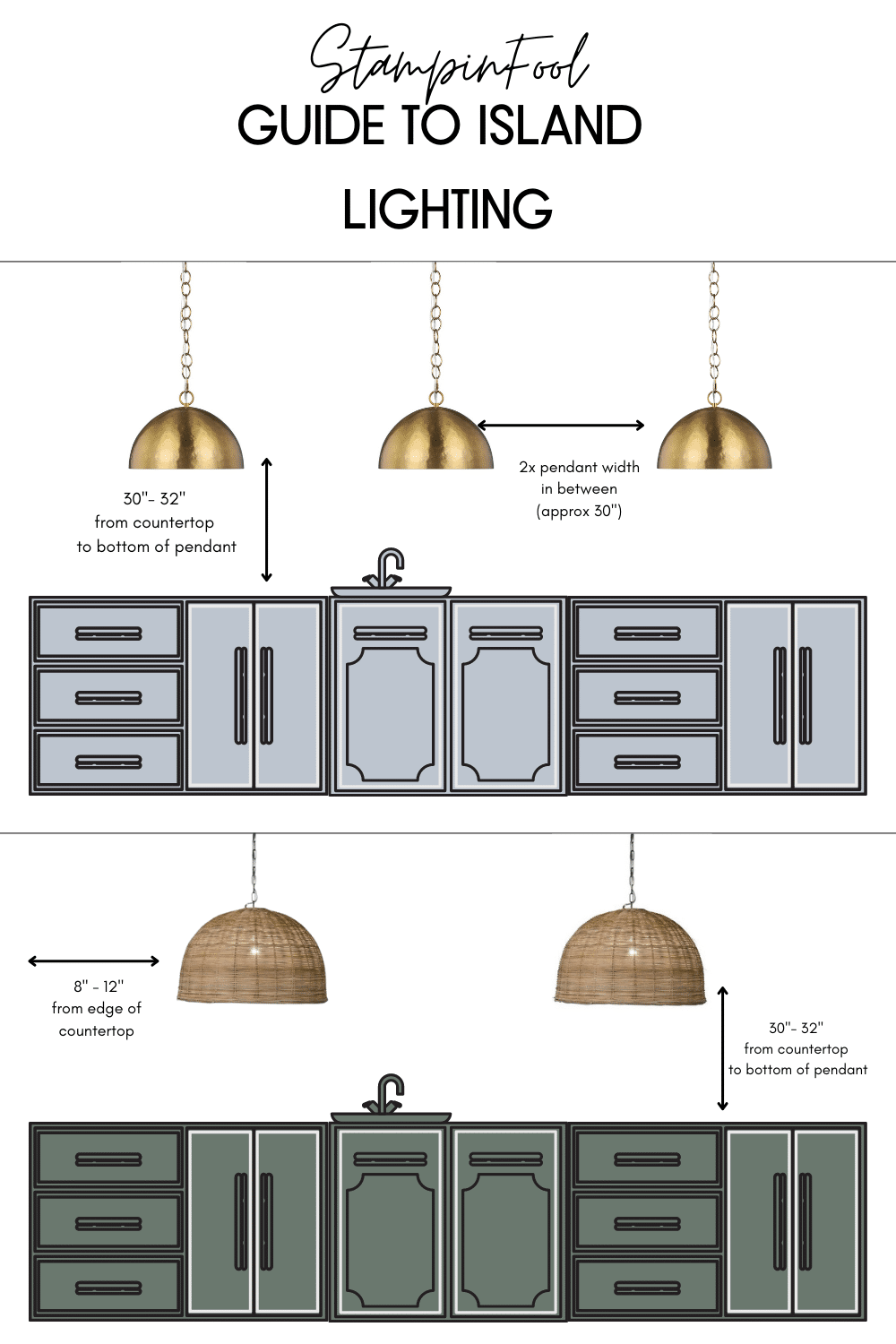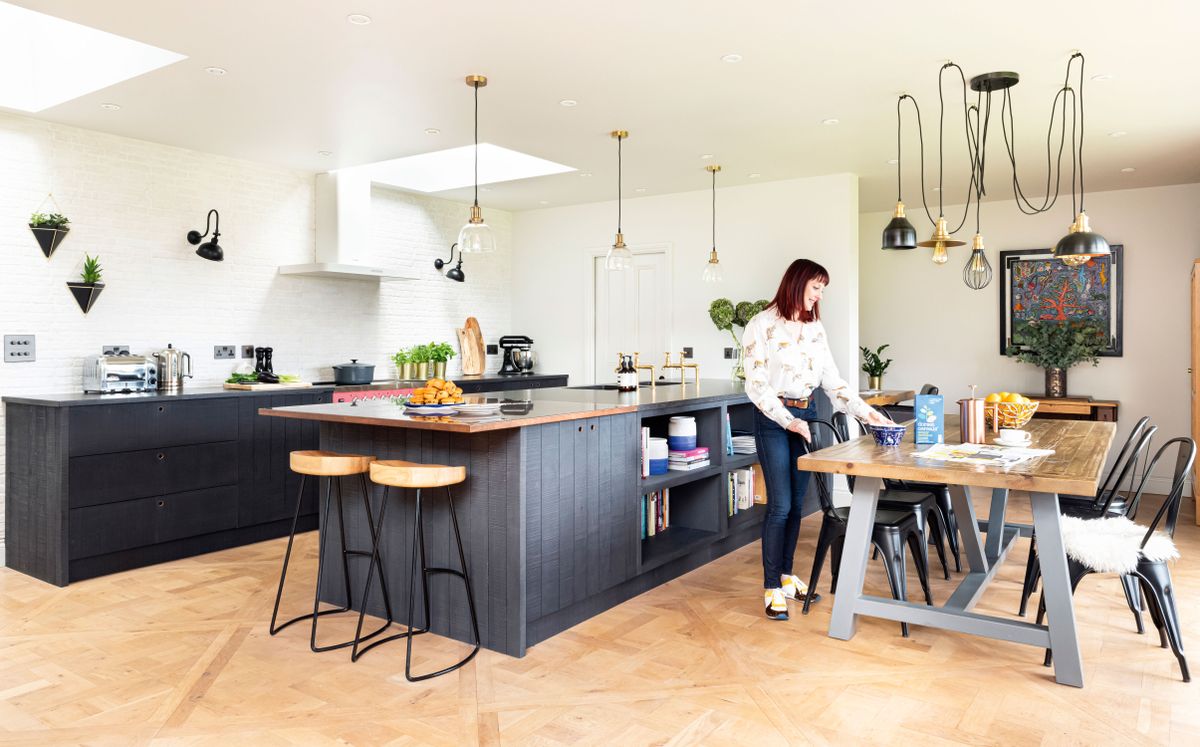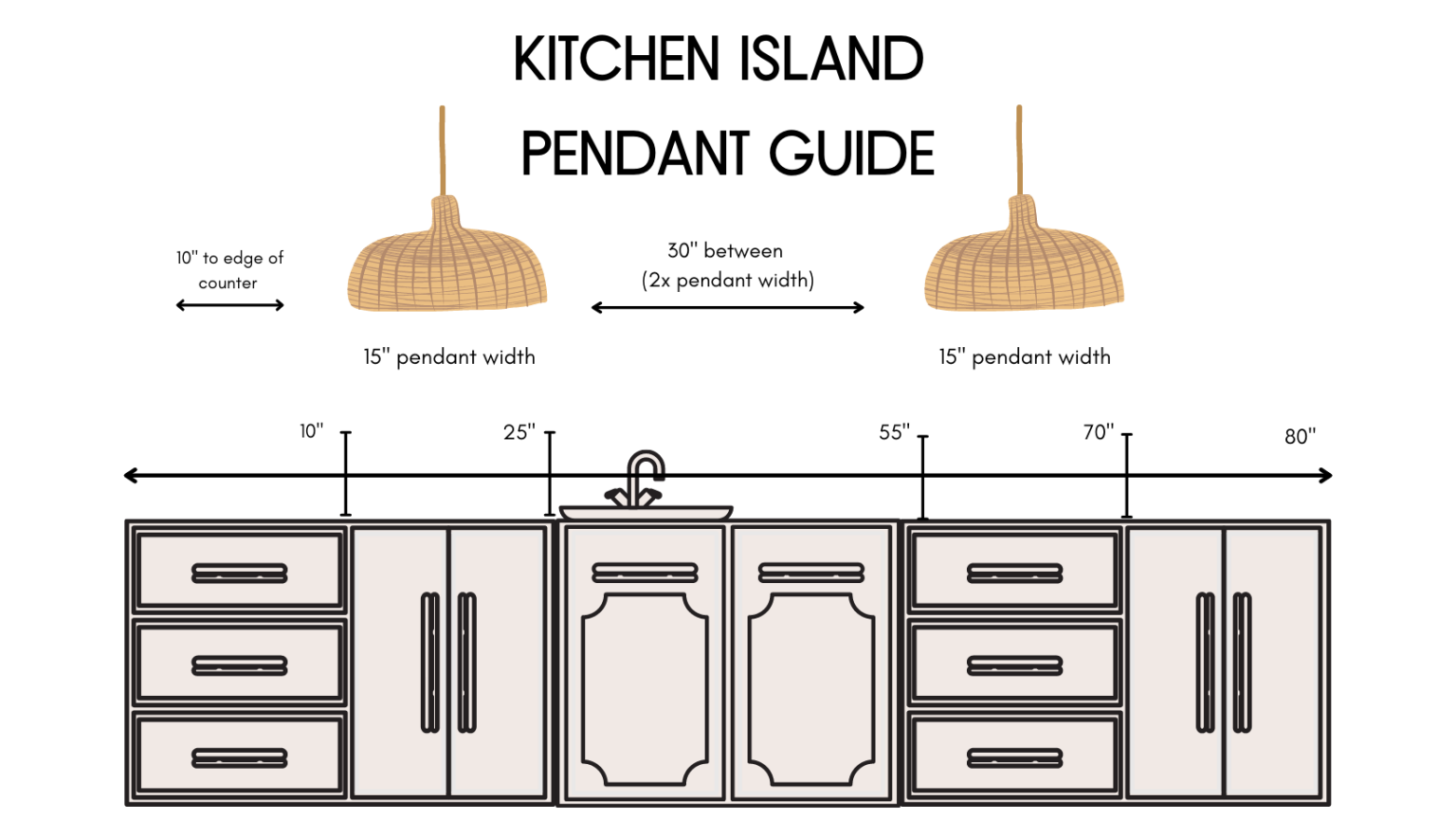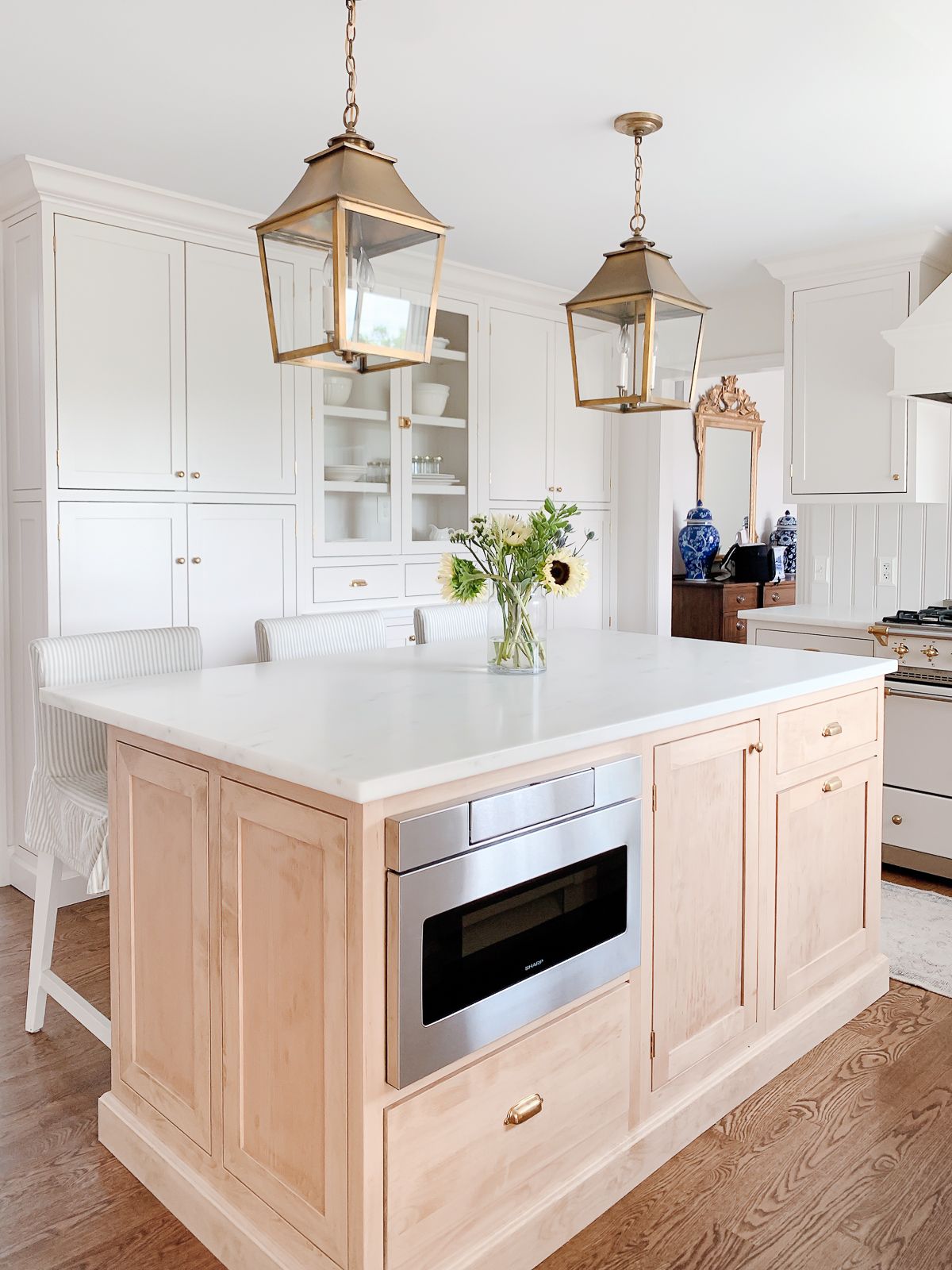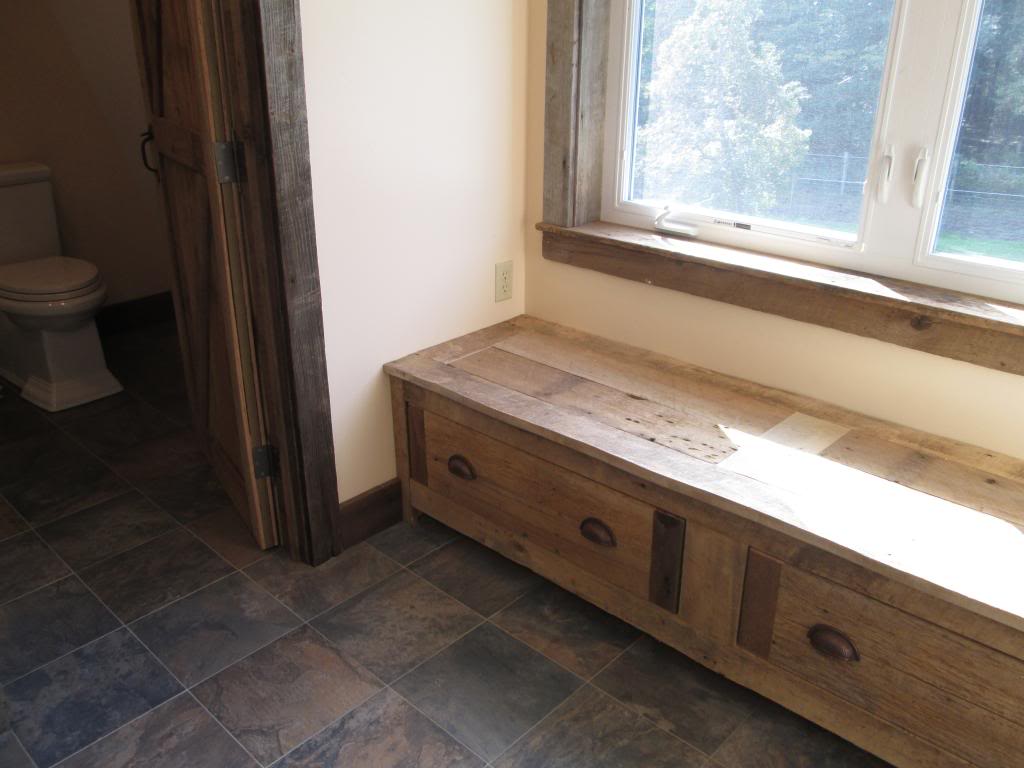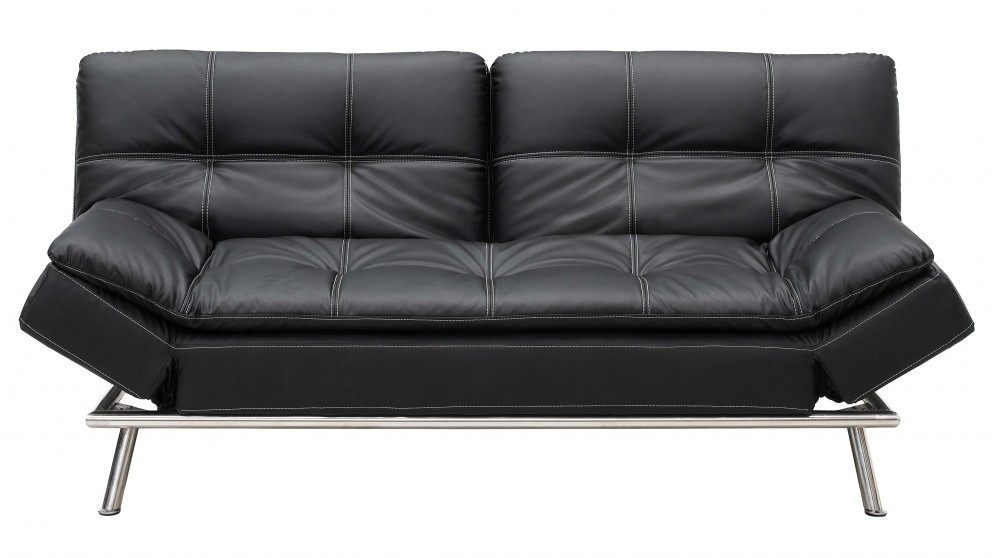If you're in the process of designing a new kitchen or renovating your existing one, you may be wondering about the standard kitchen island dimensions with seating. A kitchen island is a multifunctional element that adds both style and functionality to your space. But getting the size right is crucial in order to ensure that your island fits seamlessly into your kitchen layout. In this article, we'll explore the ideal size for a kitchen island with seating, as well as some guidelines for determining the right dimensions for your specific kitchen.Standard Kitchen Island Dimensions with Seating
When it comes to kitchen islands, there are no one-size-fits-all dimensions. The size of your island will depend on a variety of factors, including the size and layout of your kitchen, the purpose of your island, and your personal preferences. However, there are some general guidelines that you can follow to help determine the right size for your kitchen island. The first step is to consider the overall size of your kitchen. If you have a small kitchen, you'll want to choose a smaller island that won't overwhelm the space. On the other hand, if you have a large kitchen, you can opt for a bigger island that will serve as a focal point and provide ample storage and seating. Next, think about the primary function of your kitchen island. Will it be used for food prep, cooking, or dining? This will also help determine the size of your island. If you plan on using it for cooking, you'll need enough space for appliances and work surfaces. If it will primarily be used for dining, you'll want to make sure there's enough room for people to sit comfortably around it.Kitchen Island Size Guidelines
When determining the right size for your kitchen island, it's important to take into account the work triangle of your kitchen. This refers to the distance between the sink, stove, and refrigerator, which should ideally form a triangle to allow for efficient movement while cooking. Your island should not disrupt this triangle, but rather enhance it. As a general rule of thumb, your island should be at least 4 feet long and 2 feet deep to comfortably accommodate seating. However, if you have a larger kitchen, you can increase the size of your island to 6-7 feet long and 3 feet deep to allow for more seating and workspace.How to Determine the Right Size for a Kitchen Island
The average size of a kitchen island varies depending on the size of the kitchen it's being installed in. In smaller kitchens, the average size is around 3 feet by 5 feet. This is enough space for a small island with seating for 2-3 people. In larger kitchens, the average size can go up to 6 feet by 4 feet, providing enough space for a larger island with seating for 4-6 people. However, keep in mind that these are just averages and your island size may vary depending on your specific needs and preferences. It's important to carefully measure your kitchen and consider your lifestyle before deciding on the size of your island.Average Size of a Kitchen Island
Measuring for a kitchen island is a crucial step in determining the right size for your space. Here's a step-by-step guide to help you accurately measure for your island: 1. Measure the length and width of your kitchen, making sure to account for any existing cabinetry or appliances. 2. Determine the location of your island by considering the work triangle and the flow of your kitchen. 3. Measure the distance from your island location to the nearest cabinets, walls, or appliances to ensure there is enough space for movement. 4. Factor in the recommended 4 feet length and 2 feet depth for island seating. 5. Add at least 2 feet to the length and width measurements to allow for walking space and comfortable seating.How to Measure for a Kitchen Island
When it comes down to it, the perfect size for your kitchen island will depend on your individual needs and preferences. But there are a few things to keep in mind when making your decision: 1. Your island should not disrupt the flow and functionality of your kitchen. 2. It should provide enough workspace and storage for your specific needs. 3. There should be enough room for people to comfortably sit and move around the island. 4. It should complement the overall aesthetic of your kitchen.Choosing the Perfect Size Kitchen Island
The size and spacing of your kitchen island seating will also play a crucial role in determining the right dimensions for your island. First, consider the type of seating you want – bar stools, chairs, or a combination of both. Next, make sure to leave enough space between the island and any other surfaces, such as walls or cabinets, to allow for people to comfortably sit and move around the island. The recommended space is at least 3 feet.Size and Spacing of Kitchen Island Seating
Once you've determined the right size for your kitchen island, it's important to consider the placement. As mentioned earlier, the location of your island should not disrupt the workflow of your kitchen. It should also be placed in a way that allows for easy access to appliances and other areas of the kitchen. Additionally, make sure there is enough space around the island for people to move freely.Kitchen Island Size and Placement
If you're feeling overwhelmed by all the factors that go into determining the size of a kitchen island, there is a simple calculation you can use to help you out. For every foot of island length, you should have 12 inches of depth. This means that for a 5-foot long island, the depth should be around 5 feet. This calculation can help give you a ballpark estimate, but it's still important to consider all the other factors mentioned above.How to Calculate the Size of a Kitchen Island
Finally, let's take a look at the standard kitchen island dimensions for small and large spaces. As previously mentioned, the average size for a small kitchen island is around 3 feet by 5 feet, while a larger kitchen island can be up to 6 feet by 4 feet. However, if you have a particularly small or large kitchen, you may need to adjust these dimensions accordingly. In smaller spaces, you may need to opt for a smaller island or consider a different type of island, such as a portable one. In larger spaces, you have more flexibility to increase the size of your island and add additional features, such as a sink or cooktop.Standard Kitchen Island Dimensions for Small and Large Spaces
Size Matters: Why the Size of Your Kitchen Island Table is Important
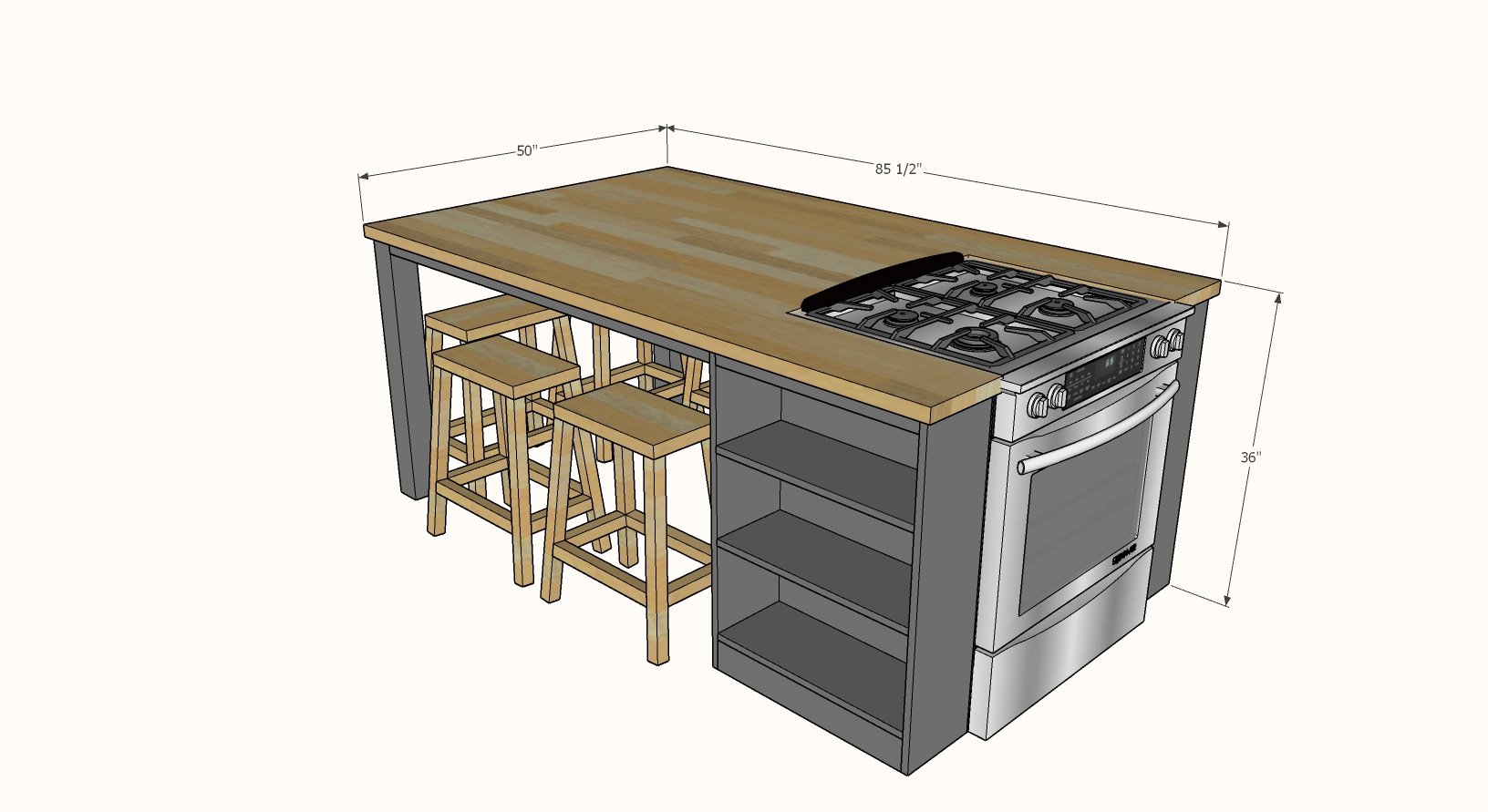
The kitchen island table has become a staple in modern house design, offering both functionality and style. However, when it comes to choosing the right size for your kitchen island table, there are a few important things to consider.
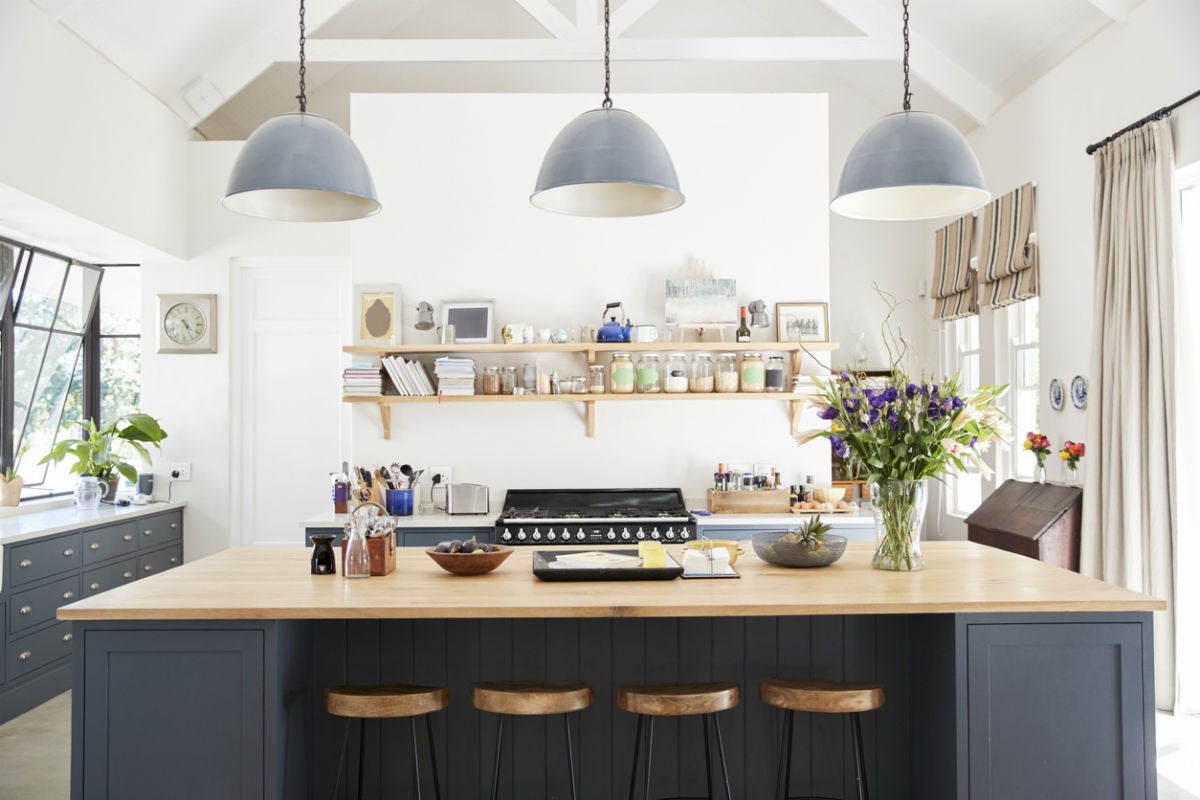
First and foremost, the size of your kitchen island table should be determined by the size of your kitchen. Smaller kitchens may not have the space to accommodate a large kitchen island table, while larger kitchens can handle a bigger island. It's important to choose a size that fits seamlessly into your kitchen layout without making the space feel cramped or overwhelming.
Another factor to consider is the purpose of your kitchen island table. Is it primarily used for food preparation or as a dining area? If it's mainly used for food preparation, a smaller size may be more practical, as it allows for more counter space to work with. On the other hand, if you plan on using your kitchen island table as a dining area, a larger size may be necessary to accommodate seating and provide enough surface area for meals.
Aside from functionality, the size of your kitchen island table can also have an impact on the overall aesthetics of your kitchen. A larger island can make a statement and serve as a focal point, while a smaller island can blend in seamlessly with the rest of the kitchen. It's important to strike a balance between size and style to create a cohesive and visually appealing design.
When determining the size of your kitchen island table, it's also important to take into account the traffic flow in your kitchen. If your island is too big, it can impede movement and make it difficult to navigate around the kitchen. On the other hand, a smaller island can create more open space and allow for easier movement.
Lastly, it's important to think about the future when choosing the size of your kitchen island table. Will your family grow in size? Will you be hosting large gatherings in the future? These questions can help guide you in selecting a size that will accommodate your needs for years to come.
In conclusion, the size of your kitchen island table is an important consideration in house design. By taking into account factors such as kitchen size, purpose, aesthetics, traffic flow, and future needs, you can choose a size that not only fits seamlessly into your kitchen but also enhances its functionality and overall design. So, when it comes to your kitchen island table, remember that size does matter.




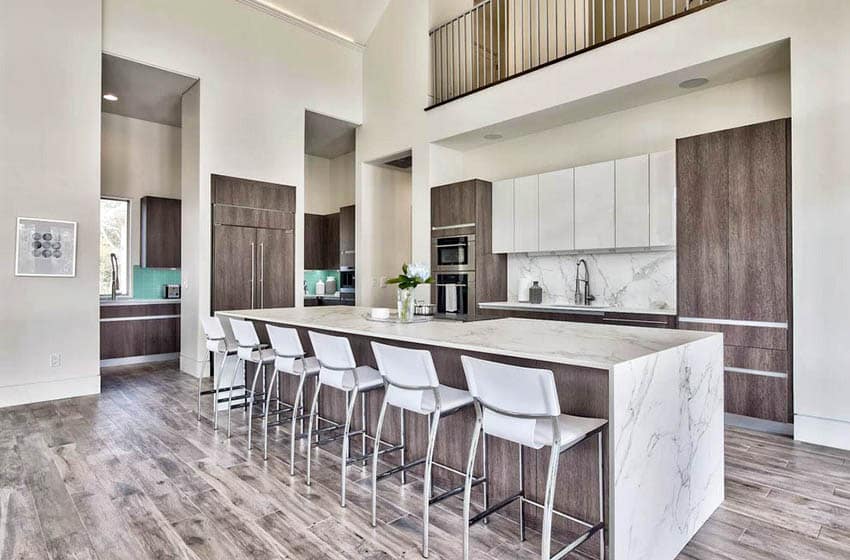

:max_bytes(150000):strip_icc()/farmhouse-style-kitchen-island-7d12569a-85b15b41747441bb8ac9429cbac8bb6b.jpg)



